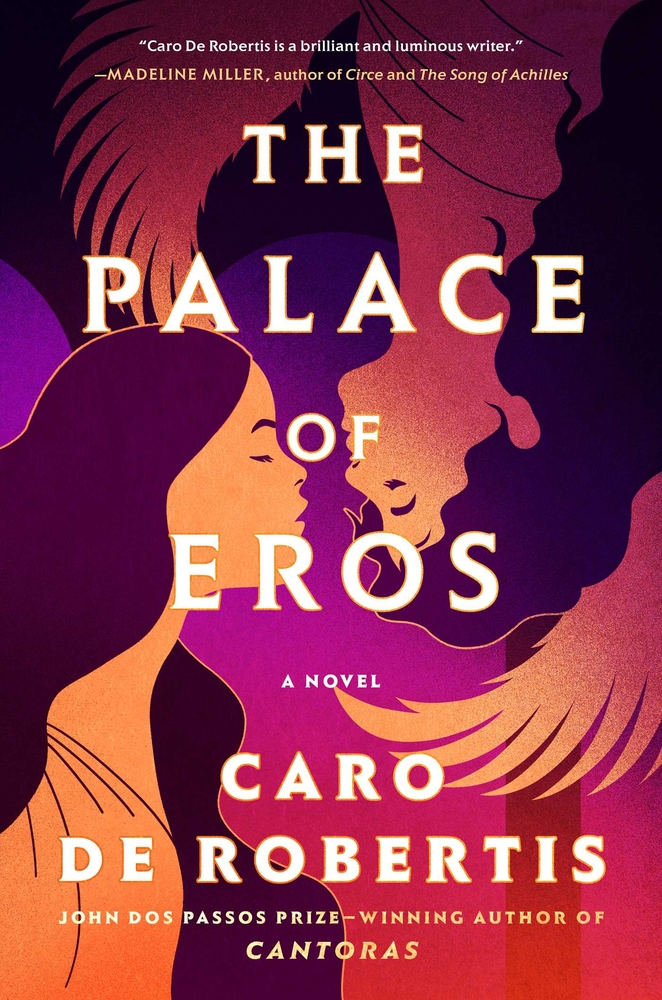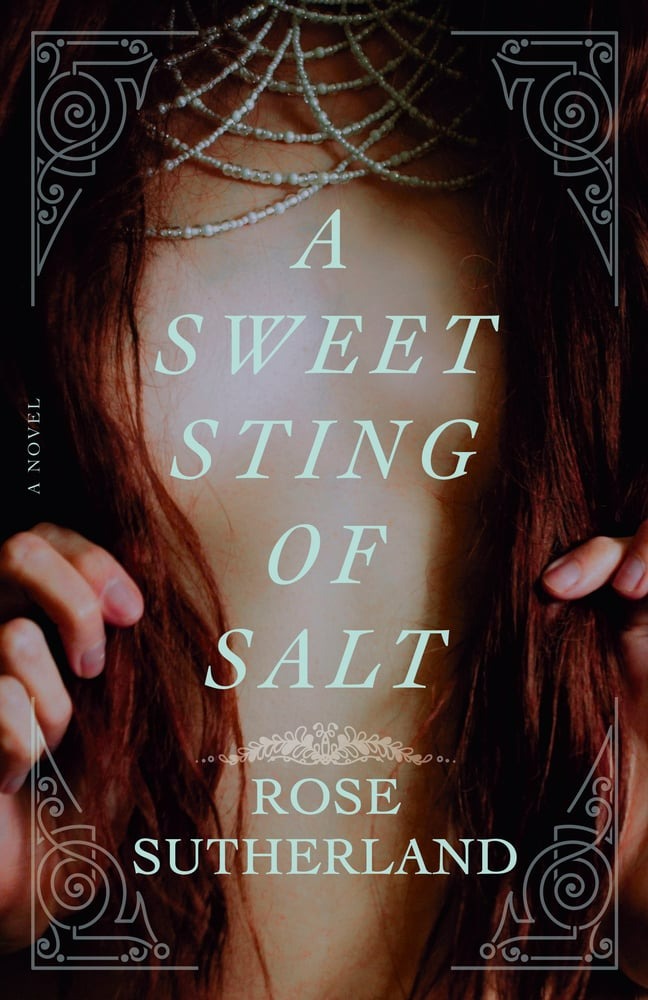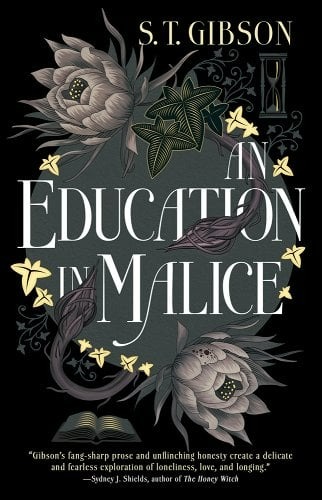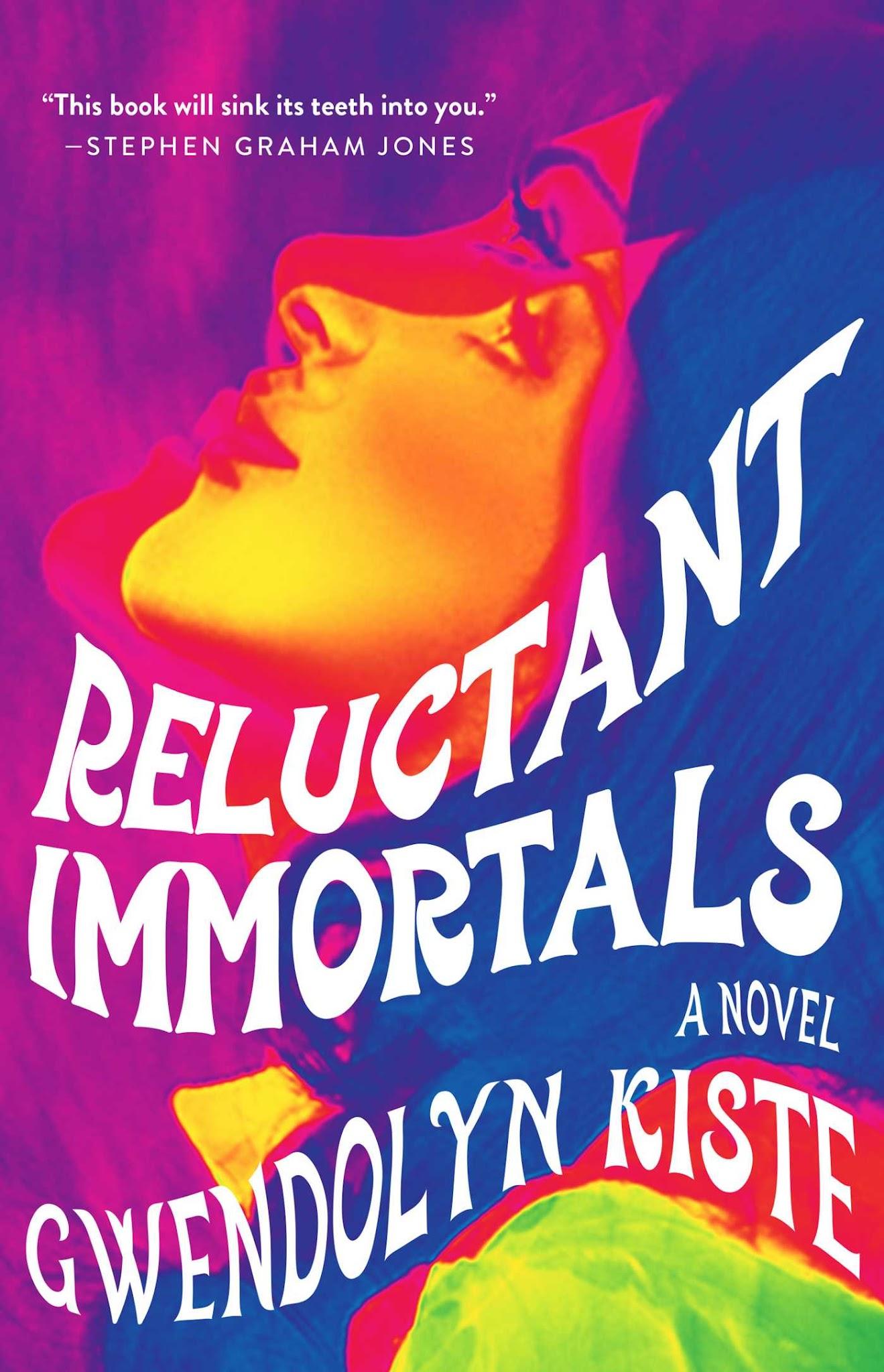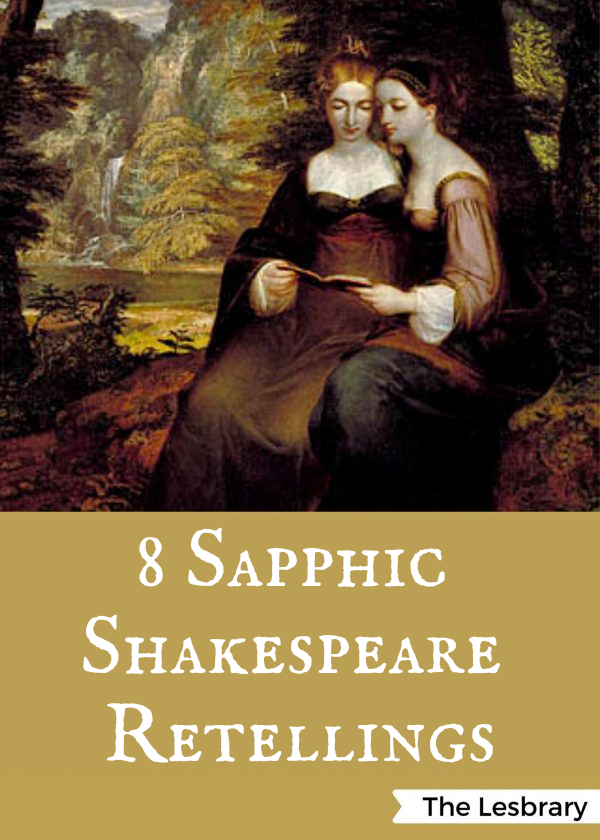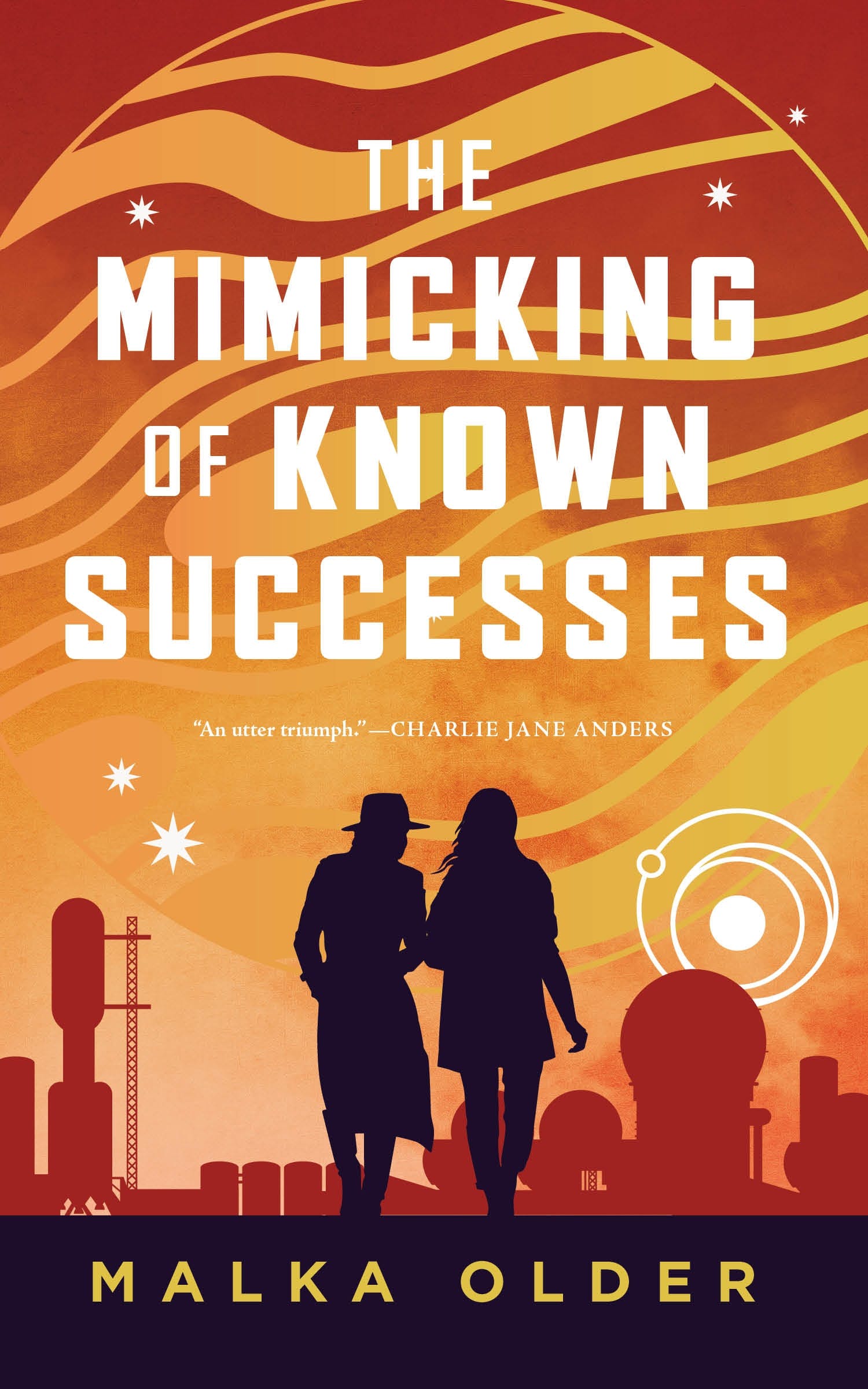Buy this from Bookshop.org to support local bookstores and the Lesbrary! It’s no secret that Anne Carson has inspired many a sapphic love affair with ancient Greek myths, or that stories like Malinda Lo’s Ash, Sarah Diemer’s The Dark Wife, and a vast world of AU fanfiction showed that the threads from which most modern myths areRead More
A Sapphic Nova Scotia Gothic: A Sweet Sting of Salt by Rose Sutherland
Buy this from Bookshop.org to support local bookstores and the Lesbrary! I couldn’t tell you why, but I am obsessed with sapphic selkie stories. There are very few of them out there, but I leap on the chance to read any that I stumble upon. Don’t get me wrong: I like sapphic mermaids, too, butRead More
An Obsessive, Erotic, Vampire Gothic: An Education in Malice by S.T. Gibson
Buy this from Bookshop.org to support local bookstores and the Lesbrary! I feel as though all my adult life I have been wishing for a Carmilla retelling that really illuminates the heart of the original novella—the obsession, intensity, eroticism, and power struggle between Carmilla and Laura that makes the text one of the most lasting examples ofRead More
Medieval Queer Chaos: Gwen & Art Are Not in Love by Lex Croucher
Buy this from Bookshop.org to support local bookstores and the Lesbrary! Gwendoline and Arthur have been betrothed to one another since birth. Too bad they absolutely hate each other. When forced to spend a summer in Camelot together, Gwen and Arthur discover tantalizing secrets about one another: Gwen witnesses Arthur kissing a boy, while ArthurRead More
Gay Arthurian Hijinks in Space: Once & Future by A.R. Capetta and Cory McCarthy
Buy this from Bookshop.org to support local bookstores and the Lesbrary! Once & Future, by married couple A.R. Capetta and Cory McCarthy, takes Arthurian mythos into the stars. It follows the latest, and hopefully last, reincarnation of King Arthur, now a teenage girl named Ari, and the wizard Merlin, who, due to his backwards aging,Read More
Ungovernable Gender Chinese Fantasy: The Water Outlaws by S.L. Huang
Bookshop.org Affiliate Link When a book is described as being about ruthless bandits with unseemly femininity and ungovernable gender, let’s just say that I had little to no choice in devouring every single page of The Water Outlaws by S.L. Huang. It’s a queer martial arts political epic fantasy retelling of a Chinese classic called Water Margin. ButRead More
Sweet Summer Bi Vibes: Cool for the Summer by Dahlia Adler
Bookshop.org Affiliate Link “Just because you’re telling a good story doesn’t mean it’s the right story. And I think it’s really important to tell the right story.” For three years of high school, Larissa had extreme heart-eyes for Chase Harding; the sweet, popular, football star any girl would die to date. After returning from summerRead More
A Bisexual Historical Horror Retelling: Reluctant Immortals by Gwendolyn Kiste
Bookshop.org Affiliate Link This is a fascinating story about the trauma inflicted on women by violent men. It’s told from the point of view of women in classic novels who were tossed to the side by literary history: Lucy from Dracula and Bertha, a.k.a. the Mad Woman in the Attic, from Jane Eyre. Lucy and Bee enjoy theirRead More
8 of the Best Sapphic Shakespeare Retellings
There are not nearly as many queer Shakespeare retellings as there should be, but here are 8 of the best sapphic Shakespeare retellings!
A Cozy Sapphic Sci-Fi Mystery: The Mimicking of Known Successes by Malka Older
Amazon Affiliate Link | Bookshop.org Affiliate Link In The Mimicking of Known Successes, Malka Older creates a cozy murder mystery in humanity’s distant future on Jupiter. I found this novella to be a delightful, satisfying read. The action clicked along nicely, the world-building was intriguing, and Mossa and Pleiti were great characters. Mossa, an Investigator, isRead More
- 1
- 2
- 3
- …
- 6
- Next Page »
